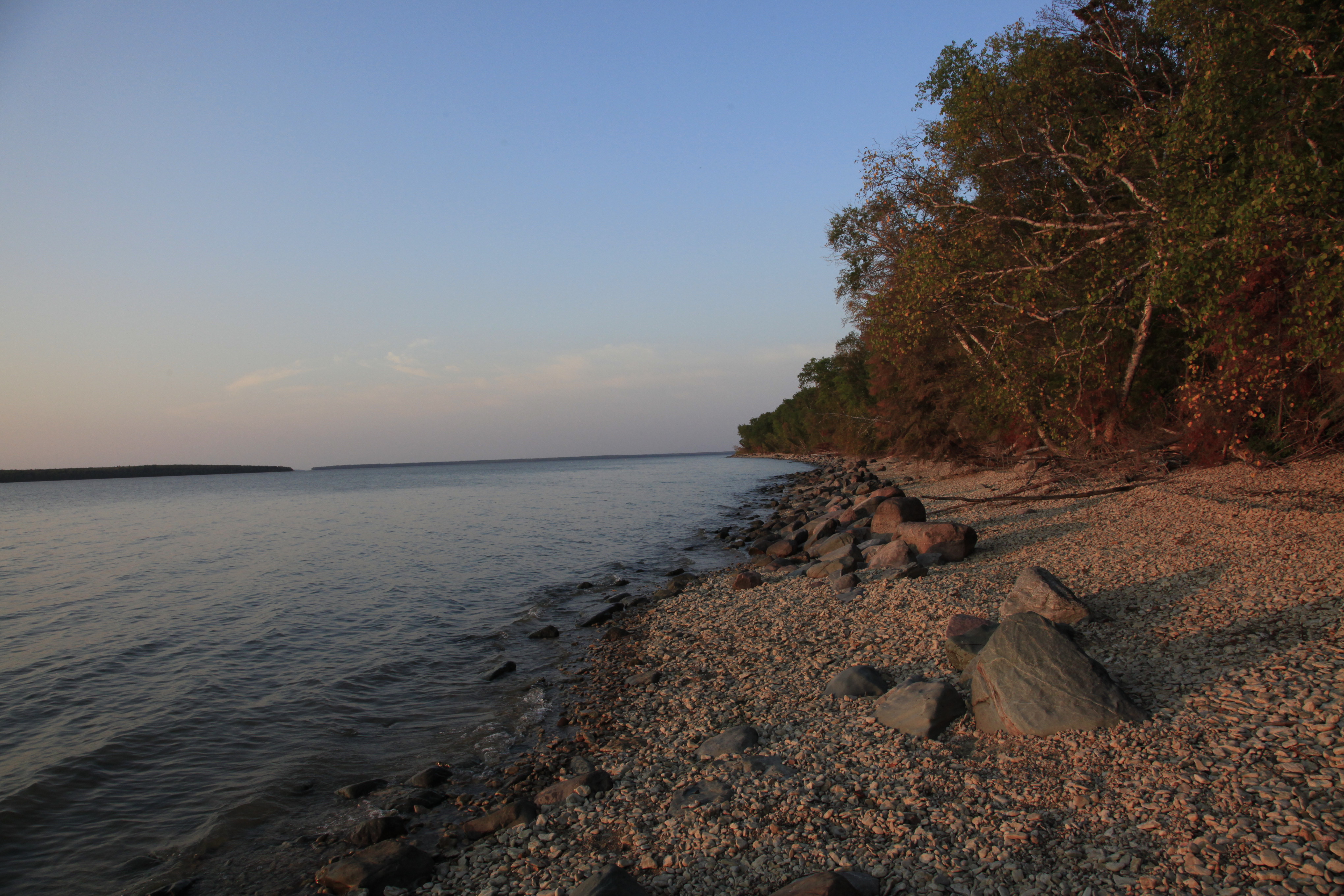The Literary Review of Canada presented leading water expert, Robert Sandford, on Oct. 23 at the University of Winnipeg’s convocation hall. His presentation, “An Unexpected Water Crisis,” outlined the risks associated with climate change in Manitoba.
An opening welcome by Lloyd Axworthy, president and vice-chancellor of the University of Winnipeg, preceded Sandford’s presentation. Norman Brandsen, former deputy minister of the departments of Environment, Conservation and Water Stewardship for the Government of Manitoba; Merrell-Ann S. Phare, executive director at the Centre for Indigenous Environmental Resources; and Lance Yohe, executive director for Red River Basin Commission, followed Sandford’s presentation with their own discussions.
Topics of discussion included silence around the issue, the complications surrounding the laws, exclusion of fresh water to certain portions of the population, such as the Aboriginal population, and future possible directions for handling the issue.
Sandford argued that the effects of climate change are already far more present and clearly visible in the one million square kilometre Lake Winnipeg Basin than in the Artic. Part one of his presentation outlined the Great Plains in a larger context of hydro climatic changes taking place from coast to coast in Canada. Part two reframed the broad social, economic, and political risks faced as a result of the changes. Part three outlined scientists, policy makers, and other experts he has collaborated with on this issue.
Sanford stated that recent scientific evidence on climate change has allowed scientists to connect the dots as to how it will affect Canada and, in particular, Manitoba.
Mass amounts of water are evaporating as the polar ice caps, and other frozen places in Canada, continue to melt. This is creating epic proportions of flooding, as evidenced in Australia. Moreover, the evaporating water is creating stream like masses of precipitation in the sky, waiting to be dumped on whatever and whoever is underneath.
“Water is not disappearing. There is as much water as there ever was. What is happening, however, is that warming is causing our water to move to a different place in the hydrological cycle where it may not be available for our use when we want it,” said Sandford.
Sandford explained how Lake Huron, Canada’s second largest lake, has been found to be in decline, which is related to precipitation falling as rain as oppose to snow. The warm temperatures prevent the lake from staying frozen for the normal number of months during winter, which leads to greater evaporation. It is predicted as much as 67 cubic kilometres of the lake have disappeared since 1997.
These changes are causing formerly predictable storms to become less predictable. Storms are expected to become more extreme, with a higher economic cost than they already have. This can be seen with the current Hurricane Sandy, an amalgamation of three extreme storm systems (hurricane, rain, and snow storm), expected to hit the East coast of the U.S. – a storm being labelled as “Frankenstorm” due to the severity and impact it is expected to have.
Sandford spoke on expected flooding as an additional impact of this issue. Manitoba has already spent billions of dollars dealing with flooding, but it is projected to get significantly worse. A study titled “Global Change in Hydrology: Testing Conventional Wisdom,” published by the National Academy of Sciences in the United States, confirms how serious the loss of our stationary water systems could be if the current trends persist.
“The findings of the National Academy’s analysis include this consensus: the fact that anthropogenic land cover changes such as deforestation, wetland destruction, urban expansion, dams, irrigation projects, and other water interventions have a significant impact on the duration and intensity of floods and droughts,” said Sanford.
Increasing populations are putting increasing pressures on water sources. These are water sources that we may not have in the future.
According to Sandford, the issue deals with a mind-boggling level of complexity and he argued that to look at the issue with too narrow or local of a focus will not help the issue. It is a global issue, and we have the resources to work together.


